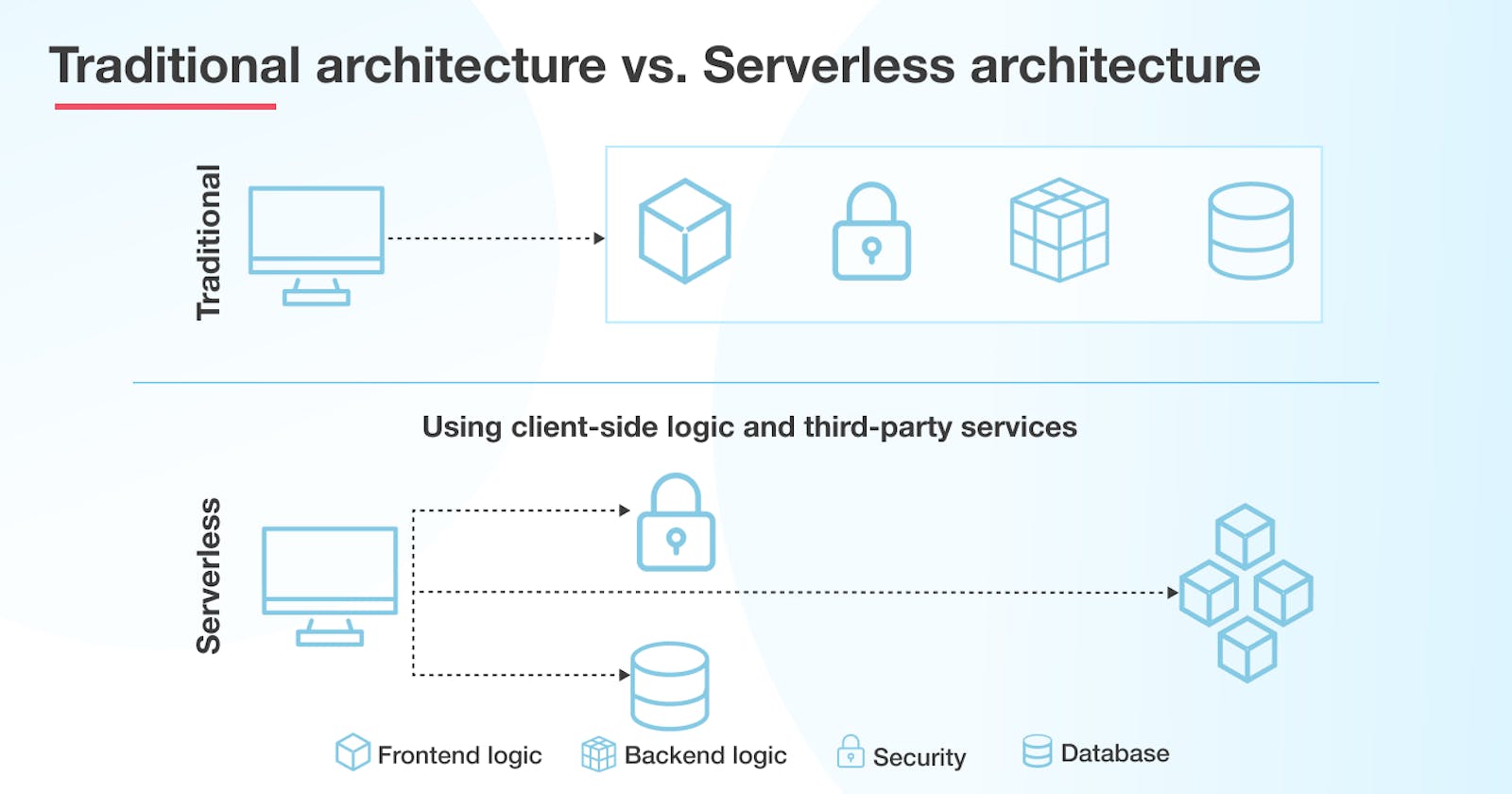Unleashing Agility: A Comprehensive Guide to Serverless Architecture in Modern Software Development
Introduction:
In the dynamic realm of software development, Serverless Architecture has emerged as a revolutionary paradigm, reshaping how applications are built, deployed, and scaled. This comprehensive guide aims to delve into the intricacies of Serverless Architecture, exploring its core principles, benefits, use cases, challenges, and best practices that collectively contribute to its growing prominence in the contemporary software landscape.
Understanding Serverless Architecture:
Defining Serverless:
- Serverless Architecture is an execution model where cloud providers dynamically manage the infrastructure, automatically scaling resources based on demand. It abstracts away server management, enabling developers to focus solely on code.
Key Characteristics:
- Exploring the defining characteristics of Serverless Architecture, including event-driven execution, automatic scaling, and pay-as-you-go pricing models.
Serverless in Action:
Function as a Service (FaaS):
- Embracing Function as a Service, the core of Serverless, where individual functions are deployed and executed in response to events without the need for maintaining server instances.
Event-Driven Model:
- Understanding the event-driven model in Serverless, where functions are triggered by events such as HTTP requests, database updates, or file uploads, enabling reactive and scalable applications.
Statelessness and Scalability:
- Leveraging the statelessness of functions in Serverless, allowing for easy horizontal scaling and efficient resource utilization based on the volume of incoming events.
Microservices in a Serverless World:
- Integrating microservices with Serverless Architecture, creating a modular and scalable ecosystem where each microservice can be implemented as an independent function.
Benefits of Serverless Architecture:
Cost Efficiency:
- Capitalizing on cost efficiency with the pay-as-you-go pricing model, where resources are only consumed during function execution, eliminating the need for continuous infrastructure provisioning.
Scalability and Flexibility:
- Achieving seamless scalability as functions auto-scale based on demand, allowing applications to effortlessly handle varying workloads without manual intervention.
Rapid Development and Deployment:
- Facilitating rapid development and deployment cycles, as developers focus on writing code while cloud providers handle the underlying infrastructure, leading to faster time-to-market.
Automatic Scaling and Resource Management:
- Enjoying automatic scaling and resource management, alleviating the burden of infrastructure management and enabling developers to focus on building features.
Challenges and Mitigations:
Cold Start Latency:
- Addressing cold start latency challenges by optimizing functions, leveraging warming strategies, and using provisioned concurrency to maintain a pool of warm instances.
Limited Execution Time:
- Mitigating challenges related to limited execution time by breaking down complex tasks into smaller functions or considering alternative architectural patterns for long-running processes.
Vendor Lock-in Concerns:
- Navigating vendor lock-in concerns by adopting cloud-agnostic practices, utilizing open-source frameworks, and carefully considering the dependencies on cloud-specific services.
Observability and Debugging:
- Tackling observability and debugging challenges through robust logging, monitoring, and tracing tools that provide insights into the performance and behavior of Serverless functions.

Best Practices for Serverless Development:
Fine-Grained Functions:
- Designing fine-grained functions with a single responsibility, enhancing modularity and reusability while optimizing the granularity of Serverless deployments.
Optimized Dependencies:
- Optimizing dependencies to minimize function package sizes, reducing deployment times and cold start latencies, and enhancing overall performance.
Security Considerations:
- Prioritizing security considerations, adopting principles like the principle of least privilege, securing sensitive information, and regularly updating dependencies to mitigate potential vulnerabilities.
Monitoring and Logging:
- Implementing comprehensive monitoring and logging practices, leveraging cloud provider tools or third-party solutions to gain insights into the performance and behavior of Serverless functions.
Real-world Applications:
Web and Mobile Applications:
- Exploring how Serverless Architecture powers dynamic and scalable web and mobile applications, handling variable workloads without the need for continuous infrastructure management.
IoT and Edge Computing:
- Analyzing the application of Serverless in IoT and edge computing scenarios, where functions respond to events generated by connected devices, optimizing resource usage and enabling real-time processing.
Conclusion: Transforming Development Landscapes with Serverless Agility:
Serverless Architecture stands as a catalyst for a paradigm shift in software development, offering unprecedented agility, scalability, and cost efficiency. This comprehensive guide has navigated through its principles, benefits, challenges, and best practices, empowering developers to embrace Serverless as a transformative force. As the software development landscape continues to evolve, Serverless Architecture remains at the forefront, unleashing a new era of development agility and efficiency.
Thank you for your time. Hope you loved it.

